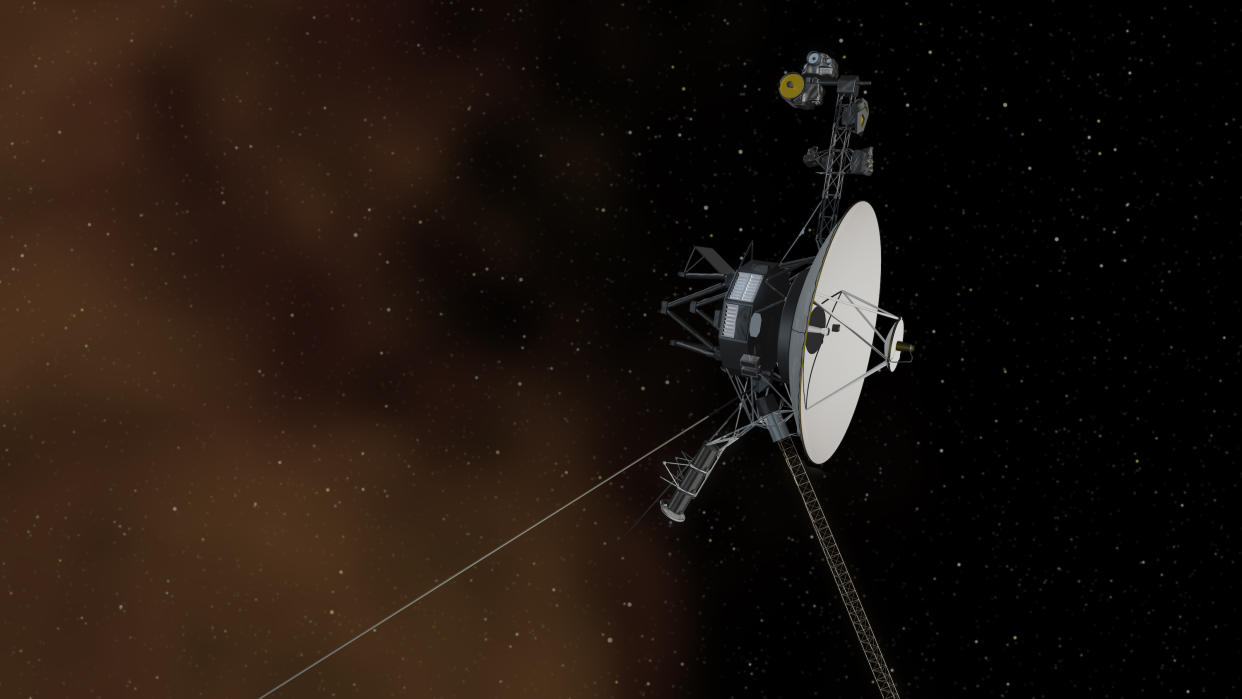NASA's interstellar Voyager probes get software updates beamed from 12 billion miles away

About 46 years after NASA's Voyager 1 and Voyager 2 launched on an epic journey to explore space, the probes’ antique hardware continues to receive tweaks from afar.
One update, a software fix, ought to tend to the corrupted data that Voyager 1 began transmitting last year, and another set aims to prevent gunk from building up in both spacecraft's thrusters. Together, these updates intend to keep the spacecraft in contact with Earth for as long as possible.
"This far into the mission, the engineering team is being faced with a lot of challenges for which we just don’t have a playbook," Linda Spilker, project scientist for the mission at NASA's Jet Propulsion Laboratory, said in a statement. "But they continue to come up with creative solutions."
Related: Voyager: 15 incredible images of our solar system captured by the twin probes (gallery)
In May 2022, ground control began receiving gobbledygook from Voyager 1’s attitude articulation and control system (AACS), which keeps the probe’s antenna in line with Earth. As far as investigators can tell, the AACS’s hardware is in perfect working order; but, for some unknown reason, AACS had routed its telemetry data through a derelict onboard computer that garbled the data.
Engineers have now hammered together a software update, which they first delivered to Voyager 2 on Oct. 20.
Related Stories:
— Voyager turns 45: What the iconic mission taught us and what's next
— Scientists' predictions for the long-term future of the Voyager Golden Records will blow your mind
— NASA's twin Voyager probes are nearly 45 — and facing some hard decisions
This bugfix won't answer why the AACS had diverted the telemetry data in the first place, however, a mystery that may hint at a larger problem with Voyager 1. Still, engineers are confident the patch should stem the issue — at least, after the update’s transmission completes its more-than-20-hour-long journey to Voyager 1.
Separately, the Voyager probes can adjust their antennas by firing thrusters. But each firing of a thruster leaves behind a layer of residue in the inlet tubes that let fuel into the thrusters themselves. Over decades of maneuvers, the residue has built up; engineers worry that the tubes might soon clog completely.
So, over September and October, engineers began allowing the spacecraft to rotate more— aiming to reduce how often the probes need to fire. If successful, the maneuvers should keep fuel flowing for another five years — at least.

